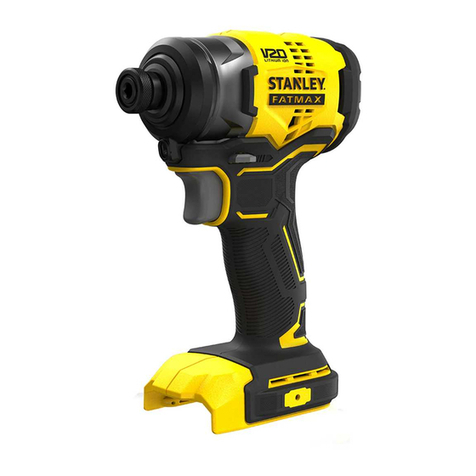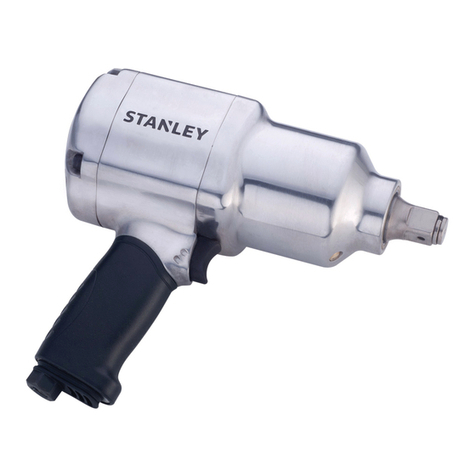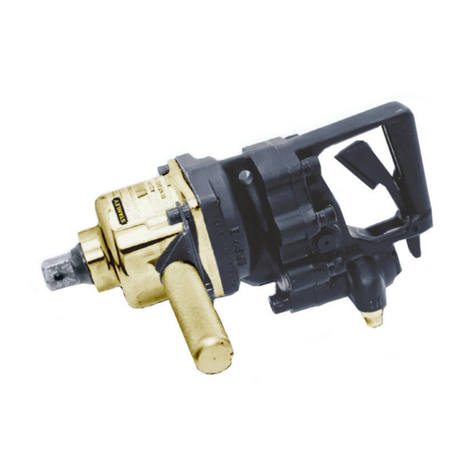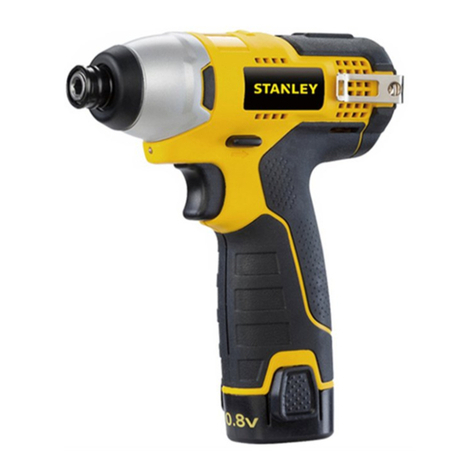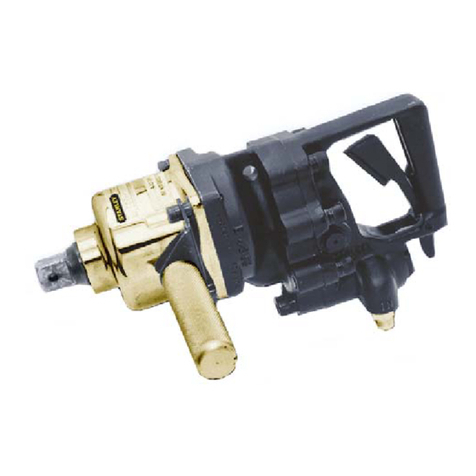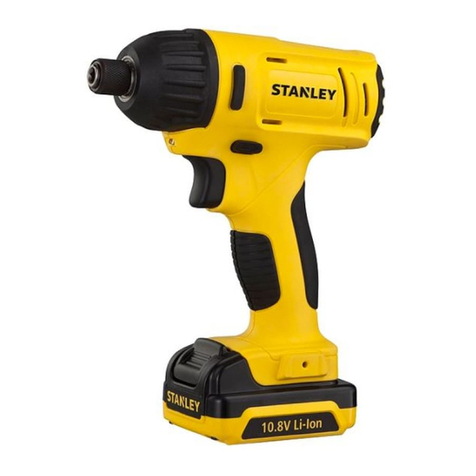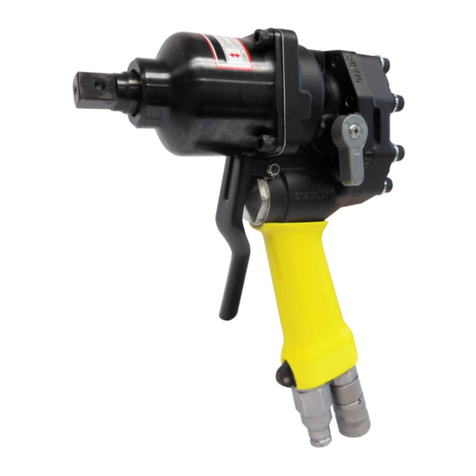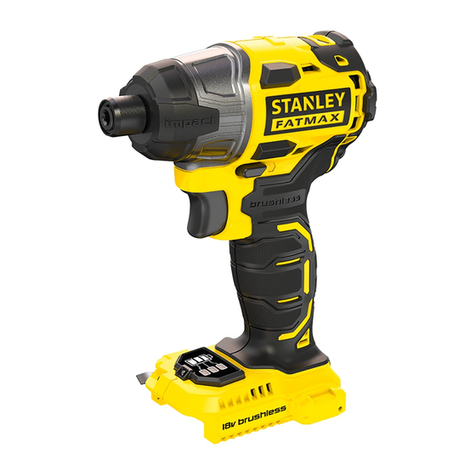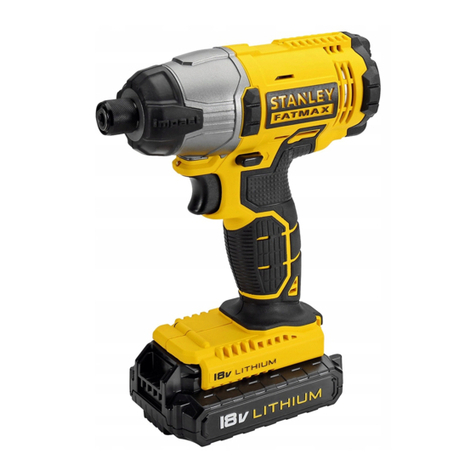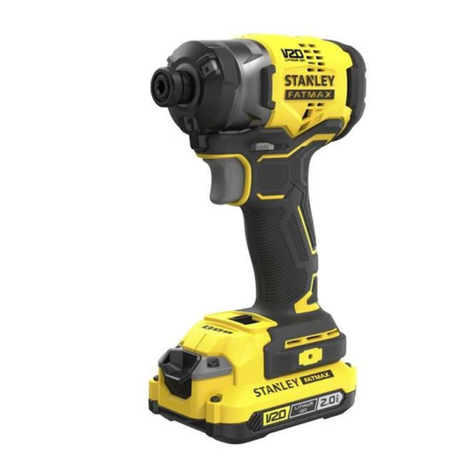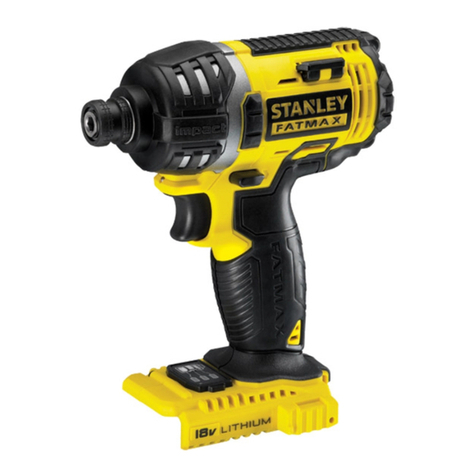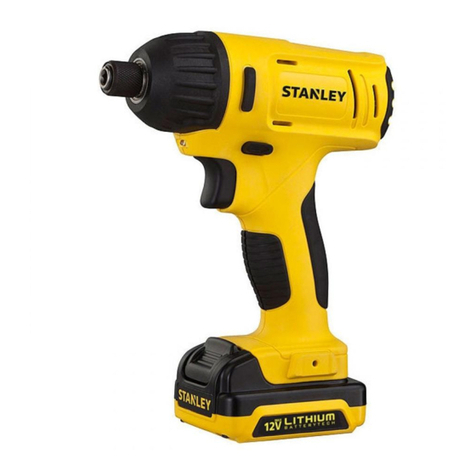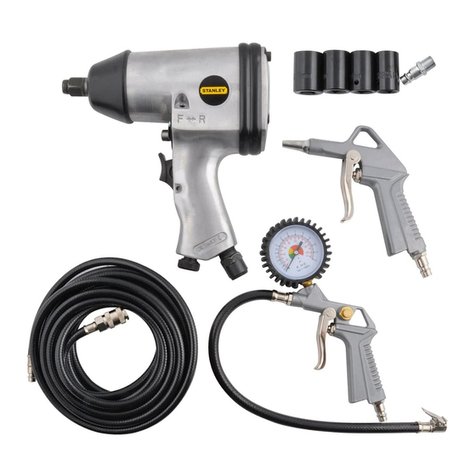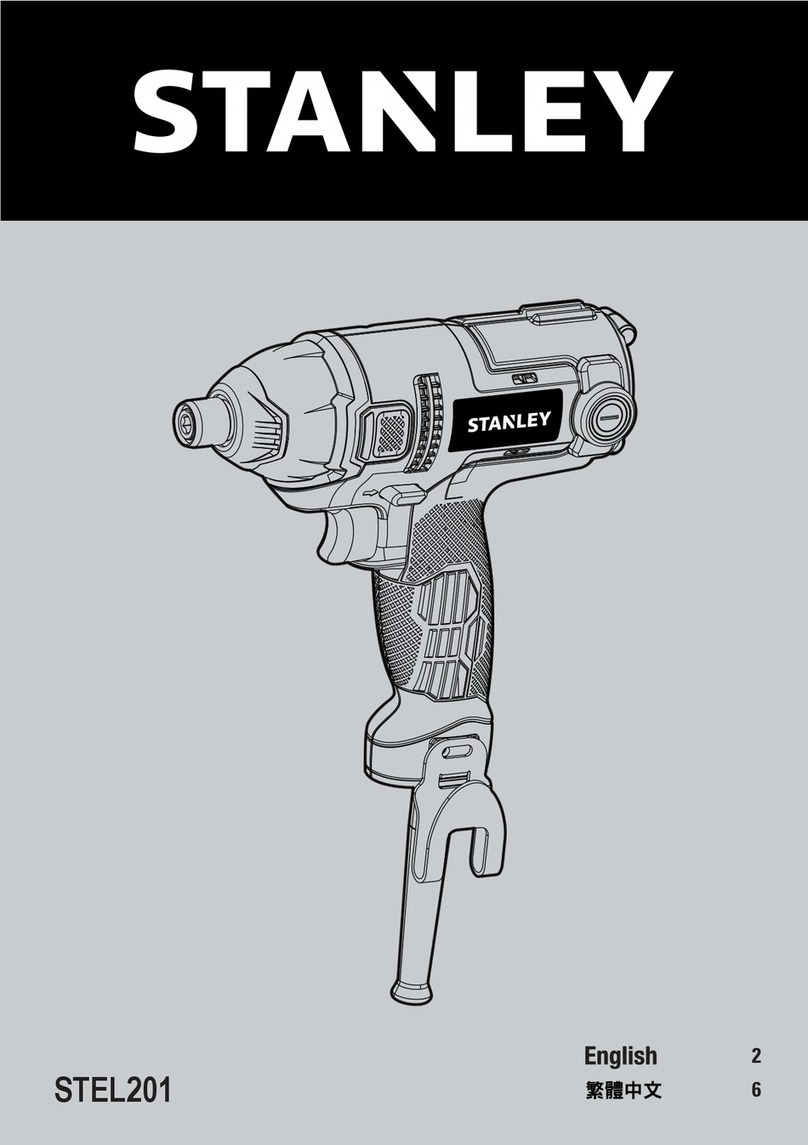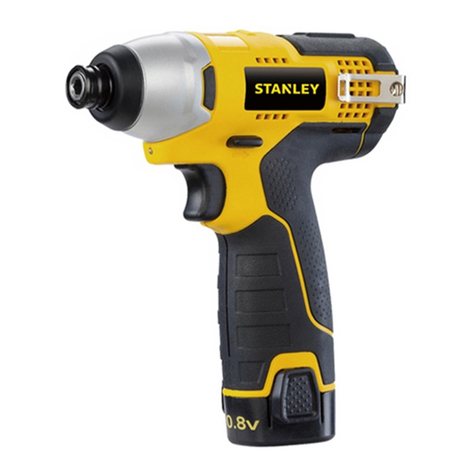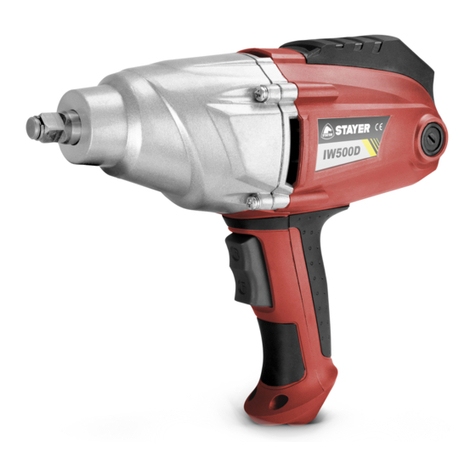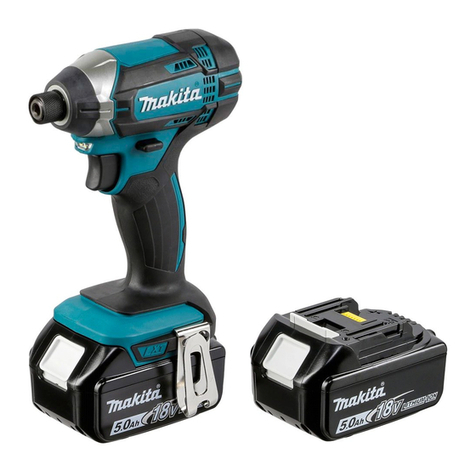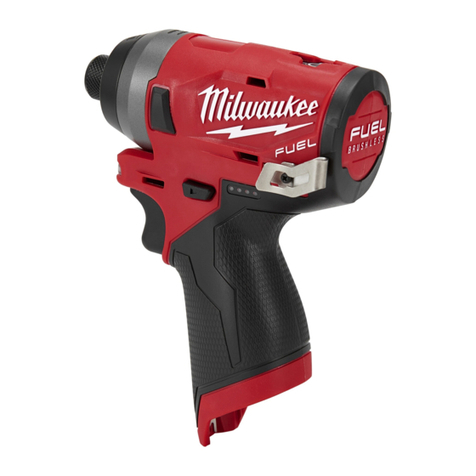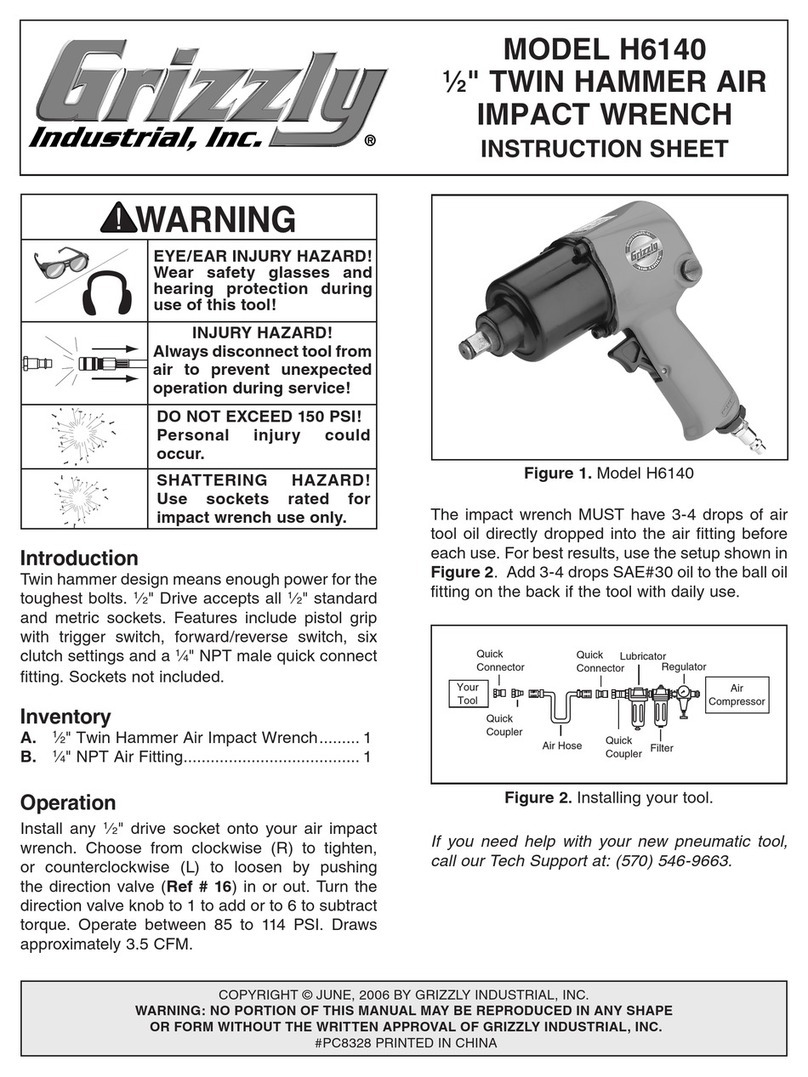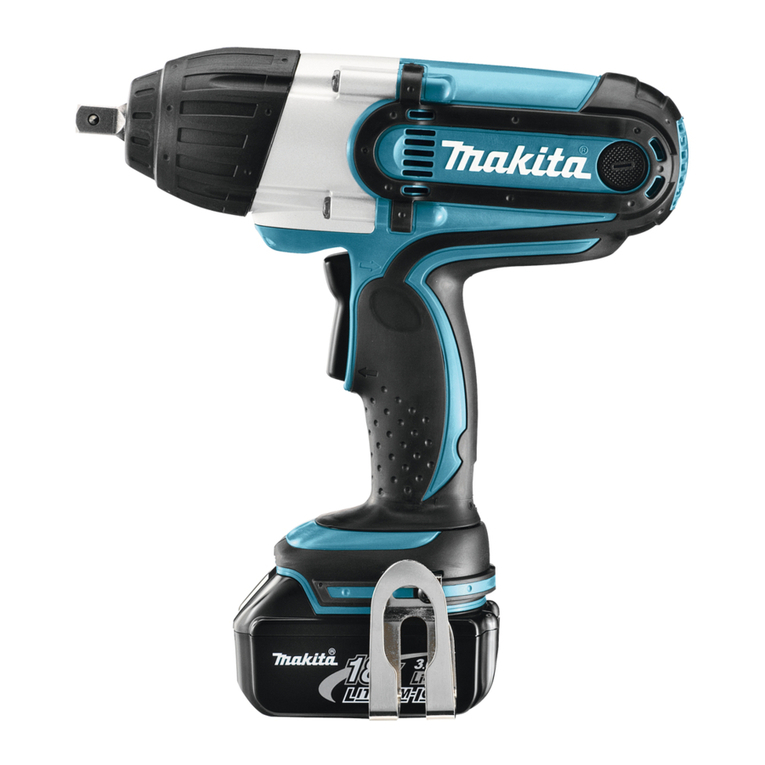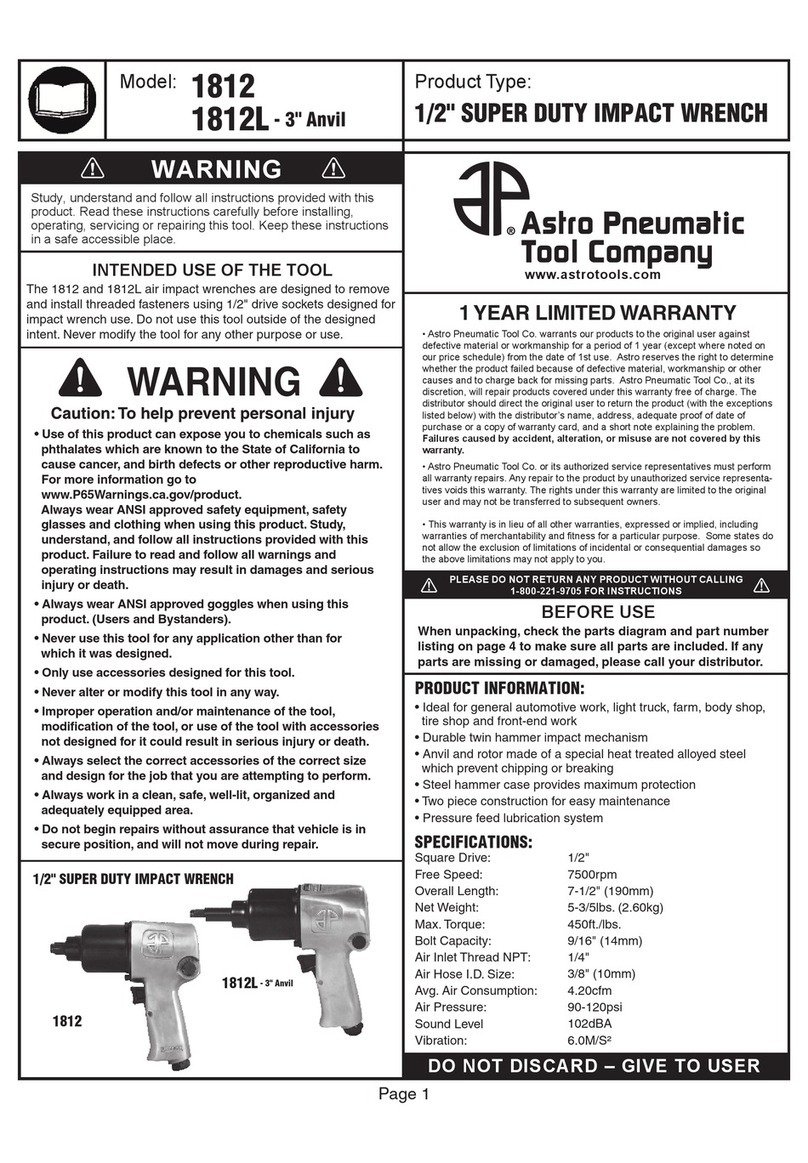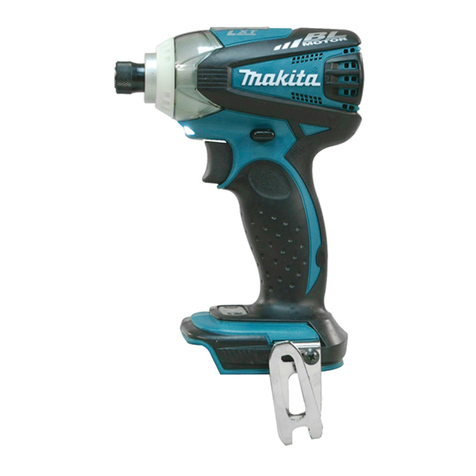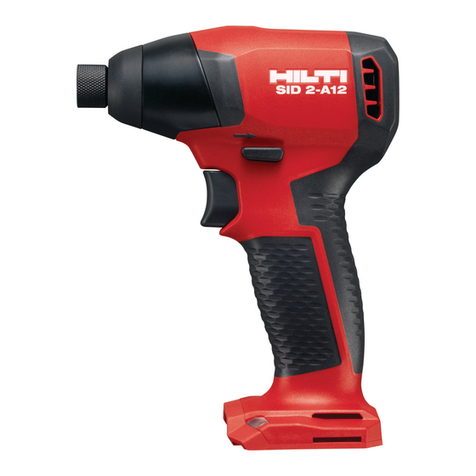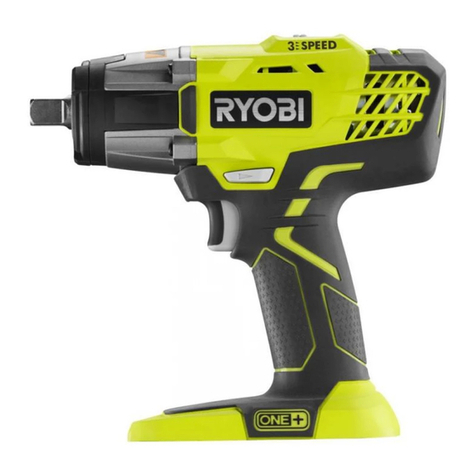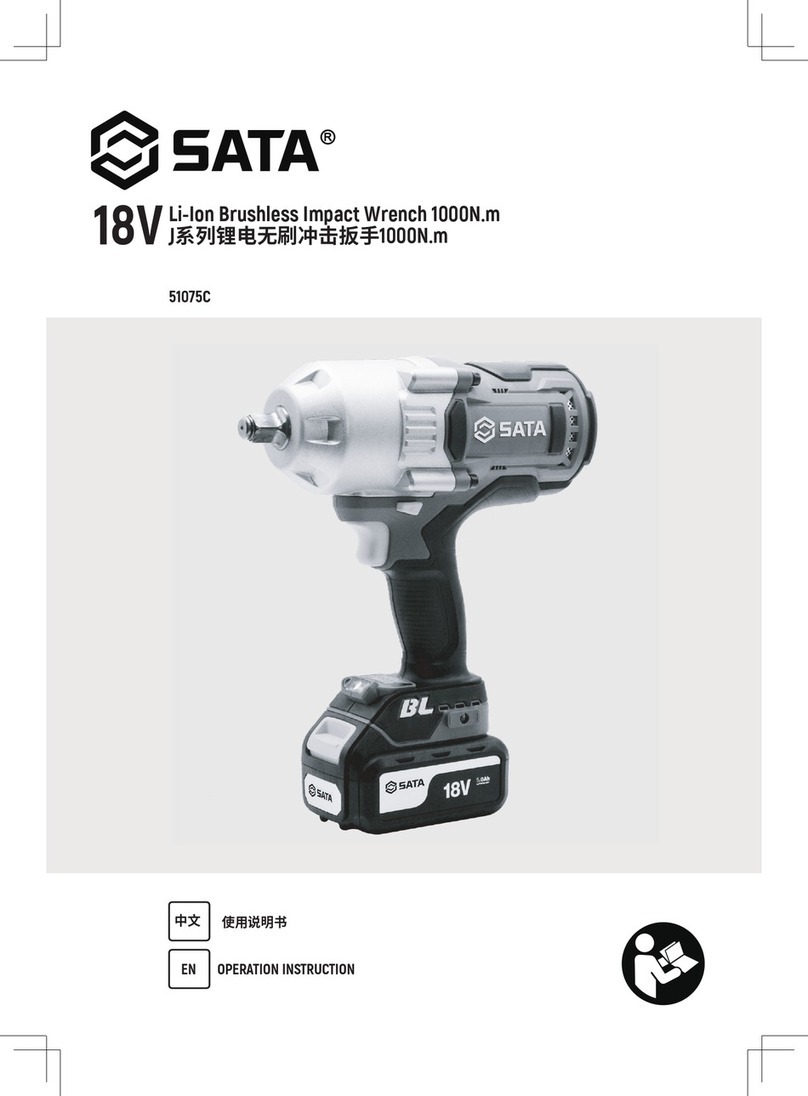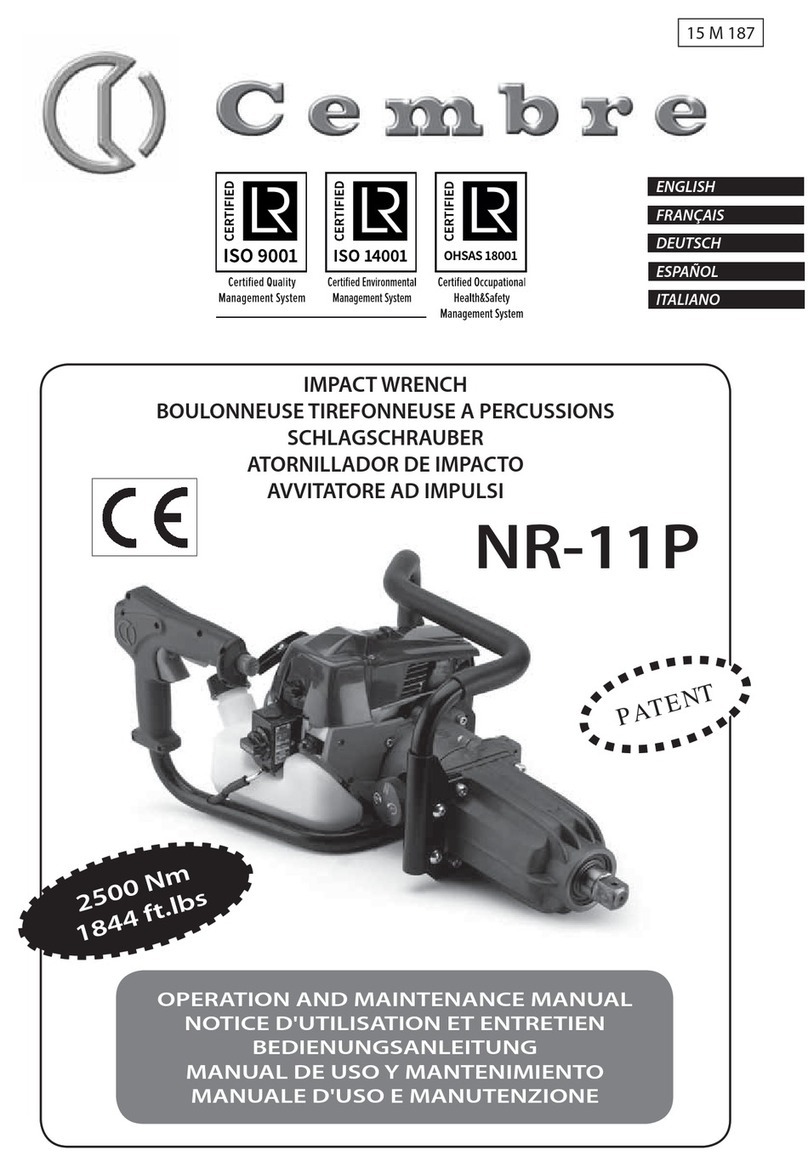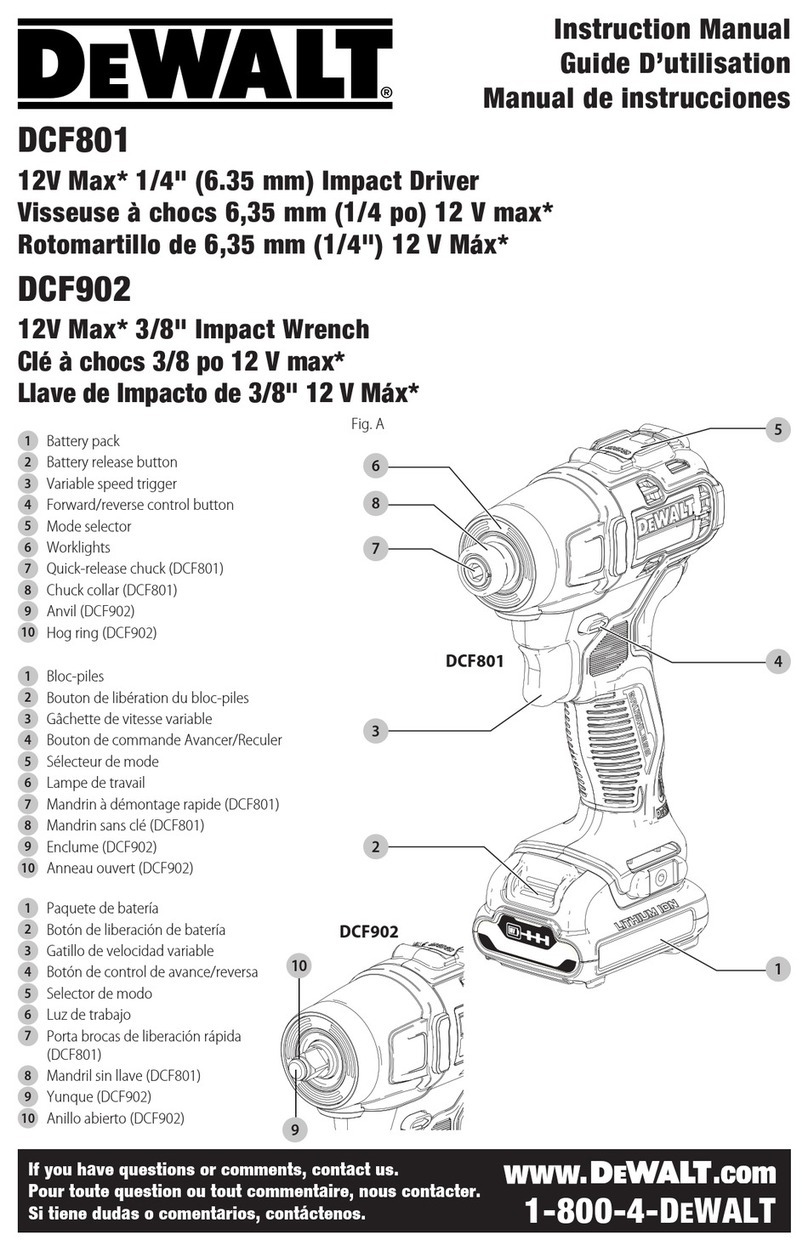
IW16 User Manual ◄ 5
• The operator must start in a work area without
bystanders. Flying debris can cause serious injury.
• Do not operate the tool unless thoroughly trained
or under the supervision of an instructor. Establish
a training program for all operators to ensure safe
operation.
• Always wear safety equipment such as goggles,
gloves, ear, head and breathing protection and
safety shoes at all times when operating the tool.
Use gloves and aprons when necessary.
• Inspect tool daily for loose fasteners, missing parts
and leakage. Have tool repaired if necessary.
• The operator must be familiar with all prohibited work
areas such as excessive slopes and dangerous
terrain conditions.
• Operators and maintenance personnel shall be able
to physically handle the bulk, weight and power of
the tool.
• Maintain proper footing and balance at all times and
do not overreach.
• Do not inspect or clean the tool while the hydraulic
power source is connected. Accidental engagement
of the tool can cause serious injury. Be observant of
hydraulic and water hose lying about the work area,
they can be a tripping hazard.
• Do not use in conned spaces and beware of
crushing hands between the tool and the workpiece,
especially when unscrewing.
• Always connect hoses to the tool hose couplers
before energizing the hydraulic power source. Be
sure all hose connections are tight and are in good
condition.
• Do not operate the tool at oil temperatures above
140 °F/60 °C. Operation at higher temperatures can
cause higher than normal temperatures at the tool
which can result in operator discomfort.
• When using a rotary percussive tool to perform
work related activities, the operator can experience
discomfort in the hands, arms, shoulders, neck or
other parts of the body.
• If you experience numbness, tingling, pain or whit-
ening of the skin in your ngers or hands, stop using
the tool. Tell your employer and consult a physician.
• Check for vibration level before each service. If you
feel a higher than normal vibration, contact your
STANLEY dealer for repair.
• Do not operate a damaged, improperly adjusted or
incompletely assembled impact wrench.
• Never wear loose clothing that can become
entangled in the working parts of the tool.
• Keep all parts of your body away from the rotating
parts. Long hair or loose clothing can become drawn
into rotating components.
• Do not hold the drive, socket or drive extension
during operation. This is an entanglement hazard.
• Rotating drive sockets and drive extensions can
easily entangle rubber-coated or metal reinforced
gloves.
• Always use accessories that conform to the
specications given in “Operation” on page 11.
• Do not reverse impact wrench rotation direction by
changing uid ow direction.
• Release the trigger if the power supply has been
interrupted.
• When working near electrical conductors, always
assume that all conductors are energized and that
insulation, clothing and hoses can conduct electricity.
Use hose labeled and certied as non-conductive.
• To avoid personal injury or equipment damage,
all tool repair, maintenance and service must only
be performed by authorized and properly trained
personnel.
• Inspect the tool before each use and ensure all de-
cals are legible. Contact STANLEY if replacements
are needed.
• Serious injury or death could result from a tool or
accessories dropped from an elevated height. Flying
debris can cause serious injury.
• Warning: Hydraulic uid under pressure could cause
skin injection injury. If you are injured by hydraulic
uid, get medical attention immediately.
• During operation do not contact the impact
mechanism, accessories or hardware as they can
become very hot, use your Personal Protection
Equipment (PPE).
• WARNING: Some dust created by power sanding,
sawing, grinding, drilling, and other construction
activities contains chemicals known to the State
of California to cause cancer, birth defects or
other reproductive harm. Some examples of these
chemicals are:
• Lead from lead-based paints,
• crystalline silica from bricks and cement
and other masonry products, and
• arsenic and chromium from chemically-
treated lumber.
SAFETY PRECAUTIONS

